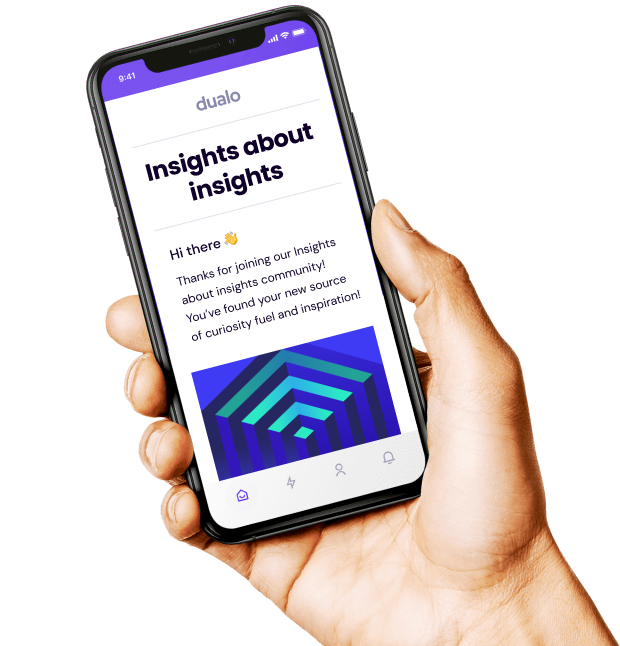Avery Hennings on driving value from insights
We caught up with Avery Hennings, Lead Experience Specialist at Omobono, to talk about all things insights. How do you know when you’ve discovered a powerful new insight about your users? How can you maximise its value? And what are the most effective ways of communicating it?





.svg)

.jpeg)

.jpeg)
.jpeg)

